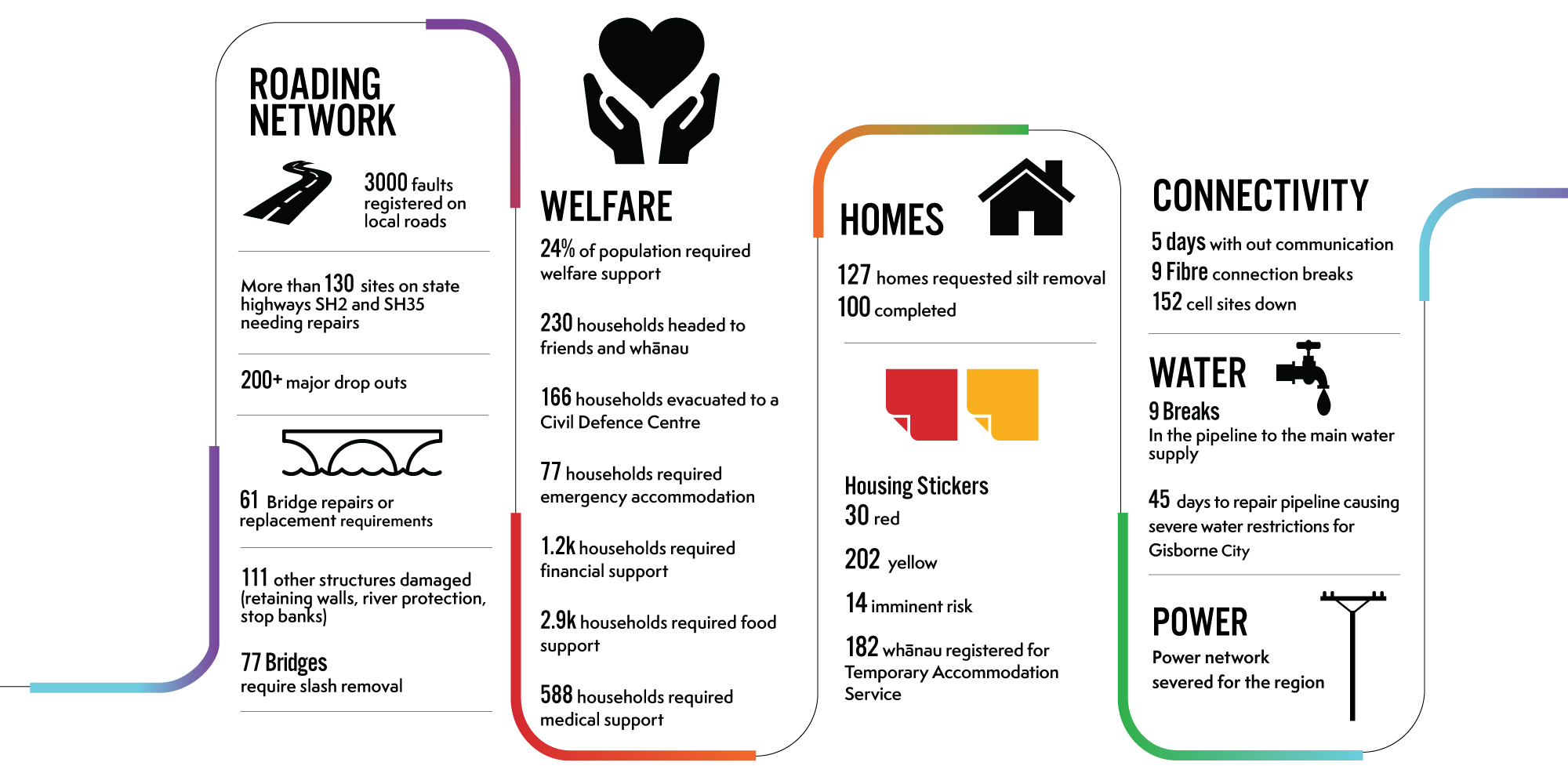In 2023, Cyclones Hale and Gabrielle caused significant damage to Tairāwhiti’s land, infrastructure, economy and community.
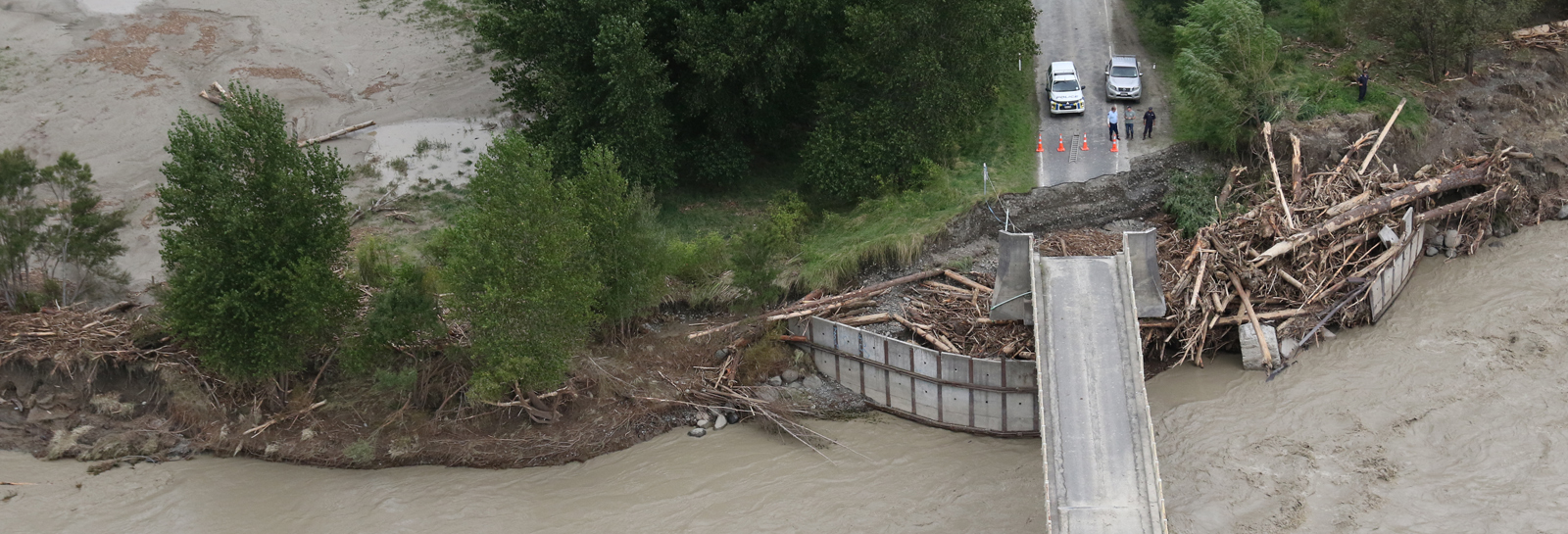
Roads and bridges
Bridge work, Tiniroto Road, slips and dropouts, resilience
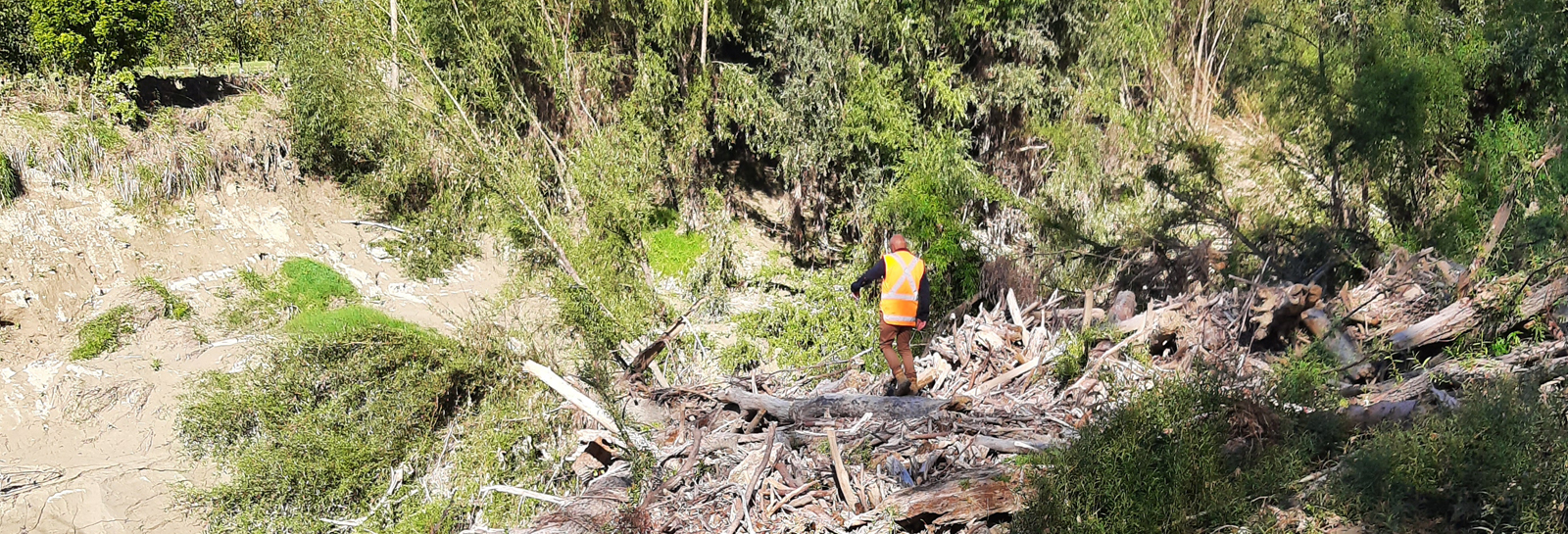
Flood resilience projects
Catchment of Te Arai, Gisborne city, Te Karaka, East Coast
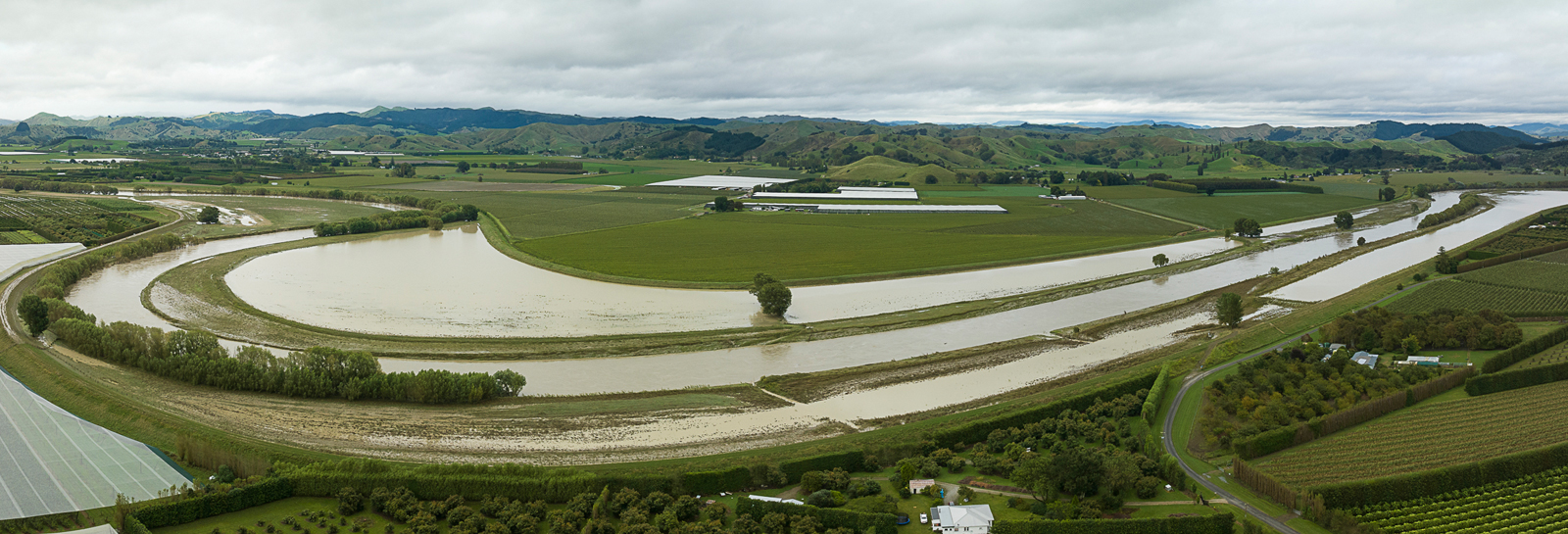
Future of severely affected land
FOSAL - Category 2 and 3 flood and landslide-affected properties
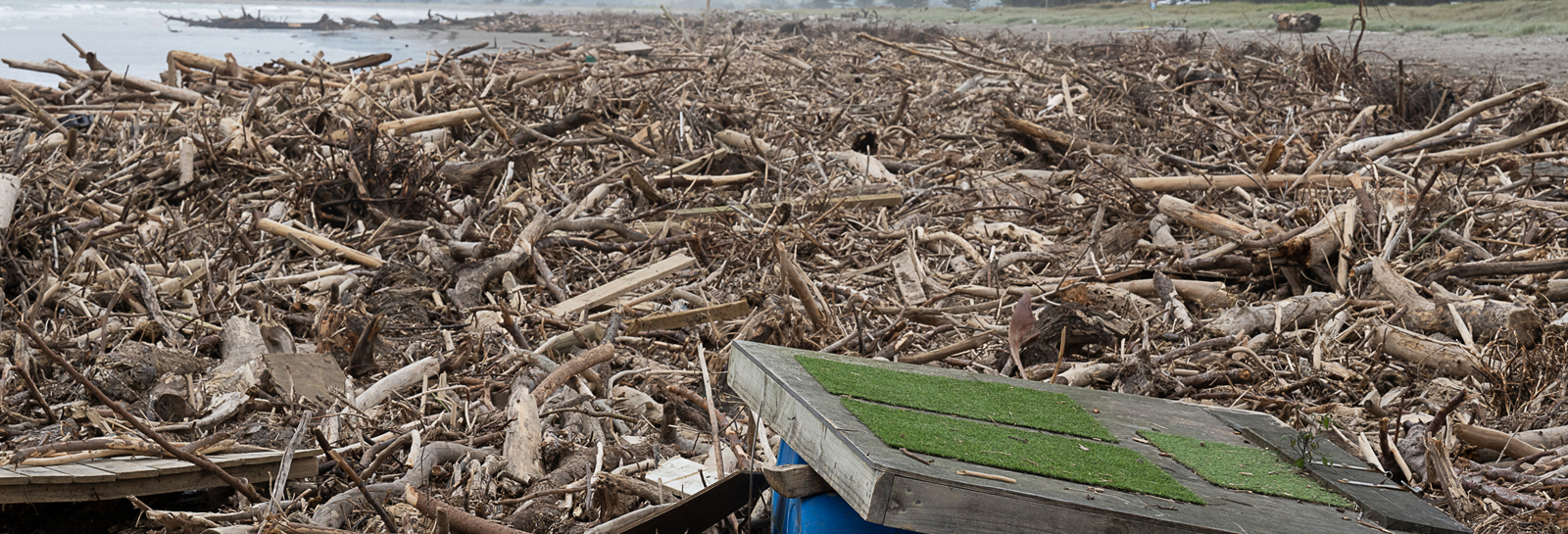
Large woody debris
Clearing LWD within hill and water catchments.
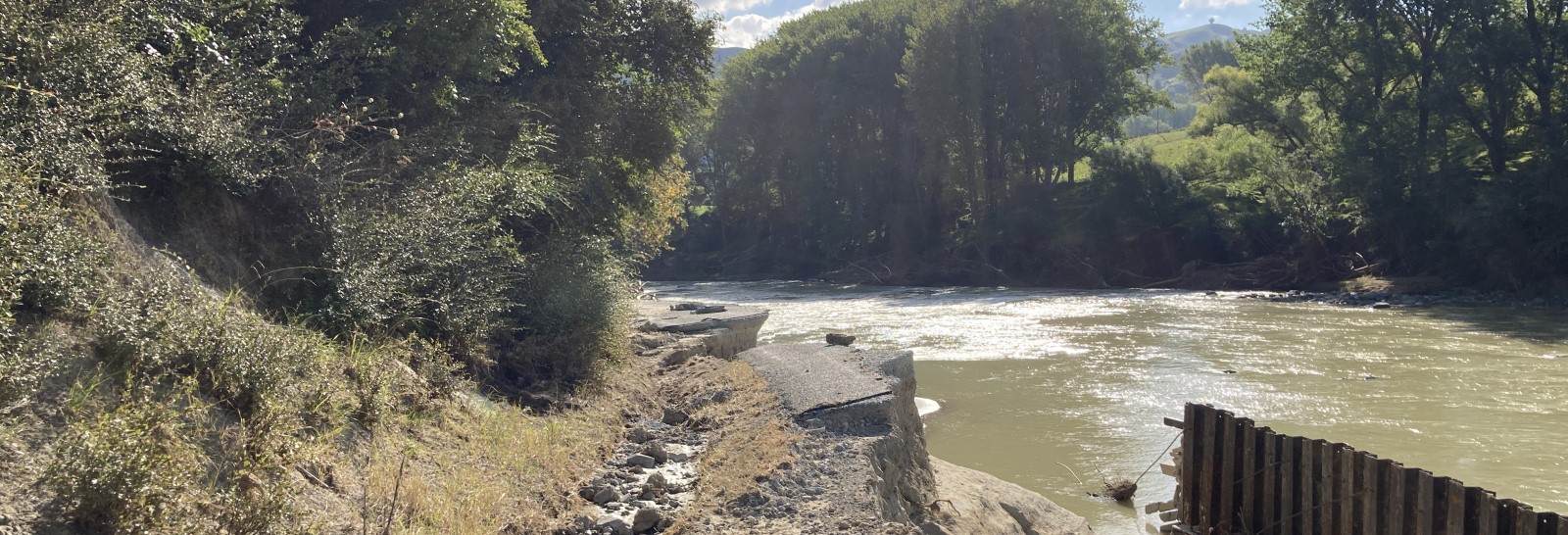
Tiniroto Road
$45m to assess a long-term resilient solution

Community-led plans
25 community plans that identify and prioritise recovery needs.
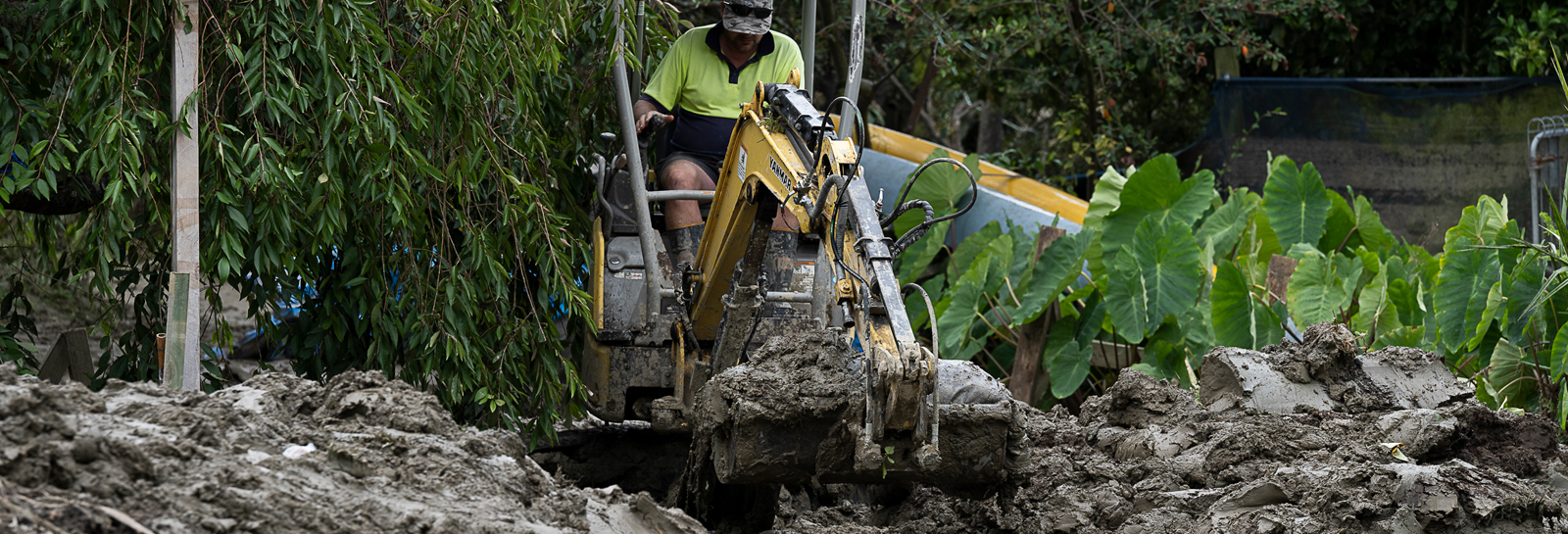
Sediment and debris removal
Funding for commercial entities has closed, all applicants have been paid.

Flood recovery information
Storm assessments and reports, red and yellow sticker info

City's water pipeline repaired
9 major breaks fixed to restore water to all in 45 days
The impact of Cyclone Gabrielle
A local state of emergency was declared at 9.45am on Monday 13 February. That was superseded by a national state of emergency at 8.45am Tuesday 14 February.
The most severe weather impacted Tairāwhiti on Monday 13 February through to Tuesday 14 February then reduced intensity. It caused widespread damage to roads and infrastructure, homes and businesses across the region.
The national state of emergency over Tairāwhiti ended 14 March
The damage and impact of Gabrielle compounded with the adverse impacts of Cyclone Hale on 10 January and previous severe weather events since March 2022.
Tairāwhiti has been in an on going state of recovery as a result of 9 significant storms since June 2021.
A timeline of the key milestones, decisions and coordination efforts of Tairāwhiti Civil Defence Emergency Management and the agencies and partners between 4 - 19 February 2023.
At the peak of the event, rivers across the region peaked at:
- Waipaoa River 12.8m
- Waiapu River 8m - the highest level recorded since 1975
- Te Arai River 4.9m - the highest recorded since 1983
- Hikuwai River 14m - in 1988 Cyclone Bola, the level was 14.3m
Rainfall over Monday and Tuesday 14 February:
- 547mm Raparapaririki, Waiapu
- 500mm Mangapoike, Waingake.
Power and fibre optic connection was lost for 5 days - this meant no broadband internet and cellphone service, causing Eftpos and ATM machines to go offline.
Both state highways 2 and 35 into the district were closed.
